In time for two new LG smartwatches, the Watch Sport and Watch Style, Google on Wedndesday launched Android Wear 2.0, an updated OS meant to put Android watches on par — or at least closer to par — with the Apple Watch. Here's how the new software compares with Apple's watchOS 3.
Similarities
Android Wear 2.0 now allows complications from any app for any watchface, so long as the face supports complications in the first place. In 1.x, only first-party complications were available.
This matches watchOS 3's complications setup, and indeed Android users can now quickly swipe between watchfaces when customizing them, much like the watchOS 3 carousel.
GPS-enabled Wear 2.0 devices have also gained the ability to track location without a nearby phone, something offered in the Apple Watch Series 2. This can be particarly important to runners, who may want to track a route without carrying their phone in a pocket or armband.
Android owners can now also use Android Pay from an NFC-equipped watch, which operates much like Apple Pay. Notably, Apple Pay has been present in watchOS since the Apple Watch's 2015 debut.
Another catch-up is in support for having different apps on a watch versus a phone. In the past, Android would automatically install any Wear versions of an app without a way of disabling them.
Lastly, Wear 2.0 offers both a tracing keyboard and handwriting recognition. While the former is unique to Android, Apple has the latter in watchOS 3.
Differences
Wear 2.0 includes a new overall interface design, integrated with Google Assistant, which is often considered more advanced than Apple's Siri. It can for instance recognize context, which enables follow-up questions without repeating all the details of initial ones.
Critically, Android watches can make use of LTE, allowing them to operate fully independently of a phone for tasks like messaging, navigation, or streaming music. Apple is thought to be working on cellular support for a future Watch, but that may only arrive in late 2017 at the earliest.
Along those lines, Wear 2.0 even includes its own version of the Google Play Store, which lets people browse, buy, and download apps and watchfaces without a phone. This may finally make it a realistic option to use Android watch alongside an iPhone, since in that scenario it was previously impossible to install third-party apps. Apple Watches can't access the App Store on their own.
Fitness enthusiasts may appreciate automatic workout detection for Google Fit and other health apps, which can even include guidance on technique. While there is some workout detection on the Apple Watch — that's how Activity rings are filled — watchOS won't, for example, open the native Workout app.
When messaging Wear 2.0 offers Smart Replies similar to the canned responses in watchOS, but with contextual awareness, for instance showing different options for a reply in Slack versus SMS. These can also adapt based on the time of day.
Apple is likely to close some gaps with Wear 2.0 later this year via a new Apple Watch and/or a "watchOS 4" release, which will likely be previewed at June's Worldwide Developers Conference ahead of a fall release. In the interim Apple is adding features like a Theater Mode and SiriKit in watchOS 3.2.
 Roger Fingas
Roger Fingas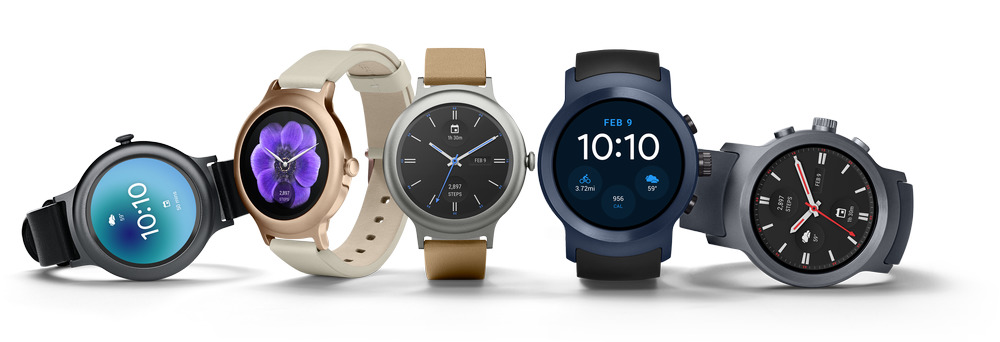
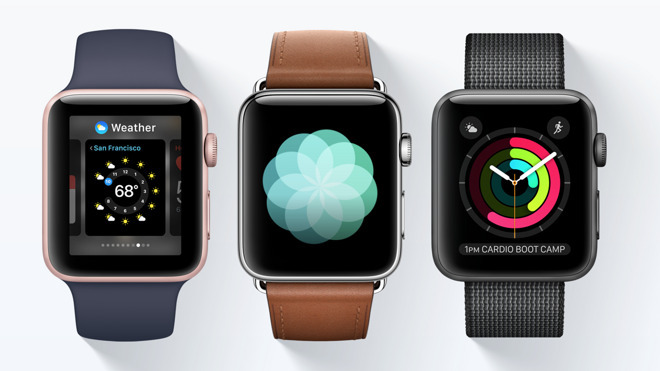
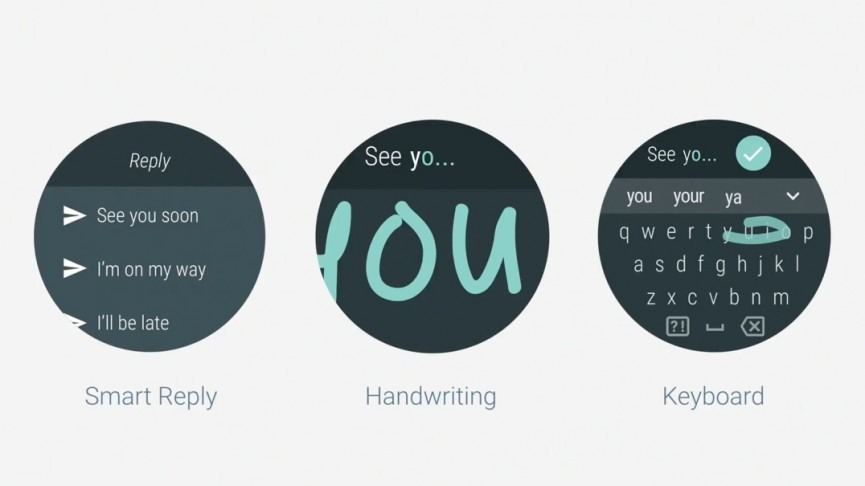







-m.jpg)






 Malcolm Owen
Malcolm Owen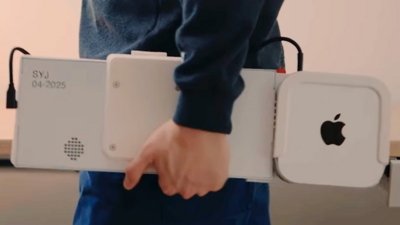
 William Gallagher
William Gallagher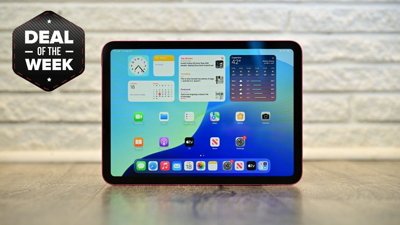
 Christine McKee
Christine McKee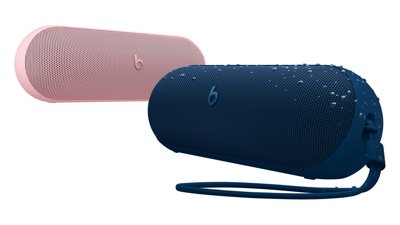

 Mike Wuerthele
Mike Wuerthele
 Andrew Orr
Andrew Orr
 Andrew O'Hara
Andrew O'Hara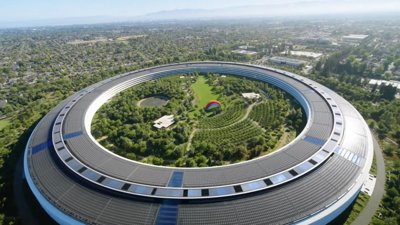





-m.jpg)



37 Comments
Why are we giving any attention to this dead platform? Let it die.
It's already too late, and merely playing catch up isn't going to convince a bunch of tier 2 brands to send good money after bad.
First of all, I hate Hate HATE the round smart watches. Secondly, I would like automatic workout detection since I haven't once remembered to start the workout app on my watch.
But . . . the features of the Google watches really don't matter to me. The most important thing about Apple products generally is that they do what I really need and they do it really, really well. Android stuff has a taint for me that I don't think can be removed (security, IP theft, exploding devices, etc.). But if they managed that, I still wouldn't be interested until they get to the point of really working well.
Let me just put in my (possibly worthless) two cents, I think where Apple nailed it is with the bands. I know with all the other technologies these things offer, putting emphasis on the band is pretty silly right? Well, not in my opinion. The thing that makes Apple Watches so appealing outside of their technology is they just look darn awesome with their bands. There are so many to choose from and Apple does a great thing by showing you a Watch face and colors and complement that band perfectly. These Android Wear 2.0 watch while cool...I think don't have very appealing bands. I suppose it is all subjective, but like I said just my two cents. I'm glad Apple put as much thought into their bands as the watch itself.
By the way, I was an early adopter and got my Apple Watch only a few weeks after it was initially released. Back then, hardly anyone had one on. This year, I see them on so many people. Each one with a different type of band...so happy to Apple for gaining market share.
One thing that does concern me is that Apple has made such a great product that people won't want to upgrade often. I mean I have no reason to buy another. My 1st generation works just fine for me. I am only concerned because again people will say YoY decline in Apple Watch sales because no one will want to upgrade like me. This is what happened with their iPad. It is not that the iPad is bad product it is just it is such a good product that hardly anyone needs to buy the latest and greatest.